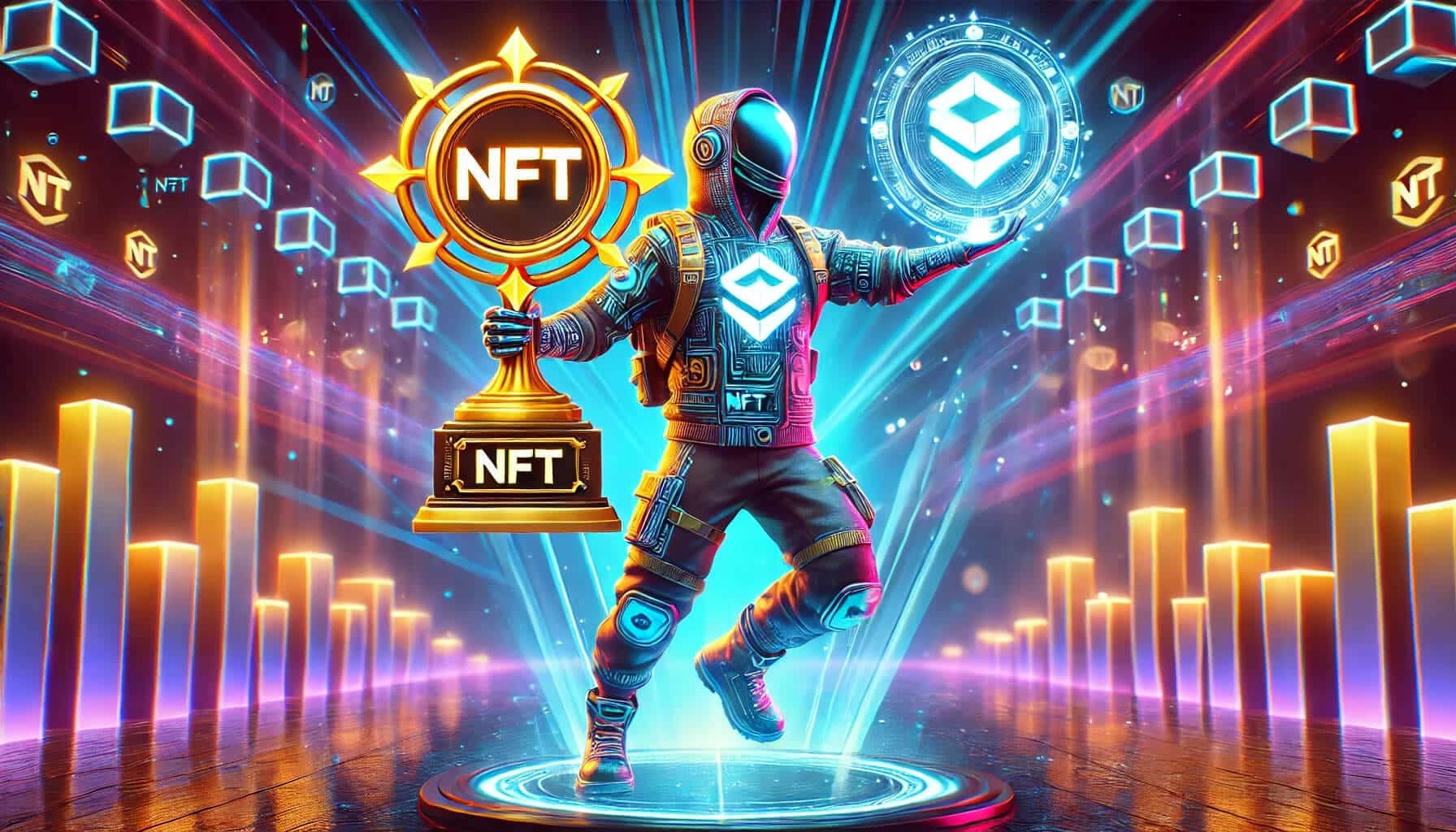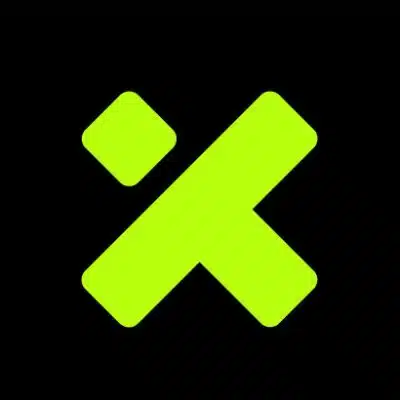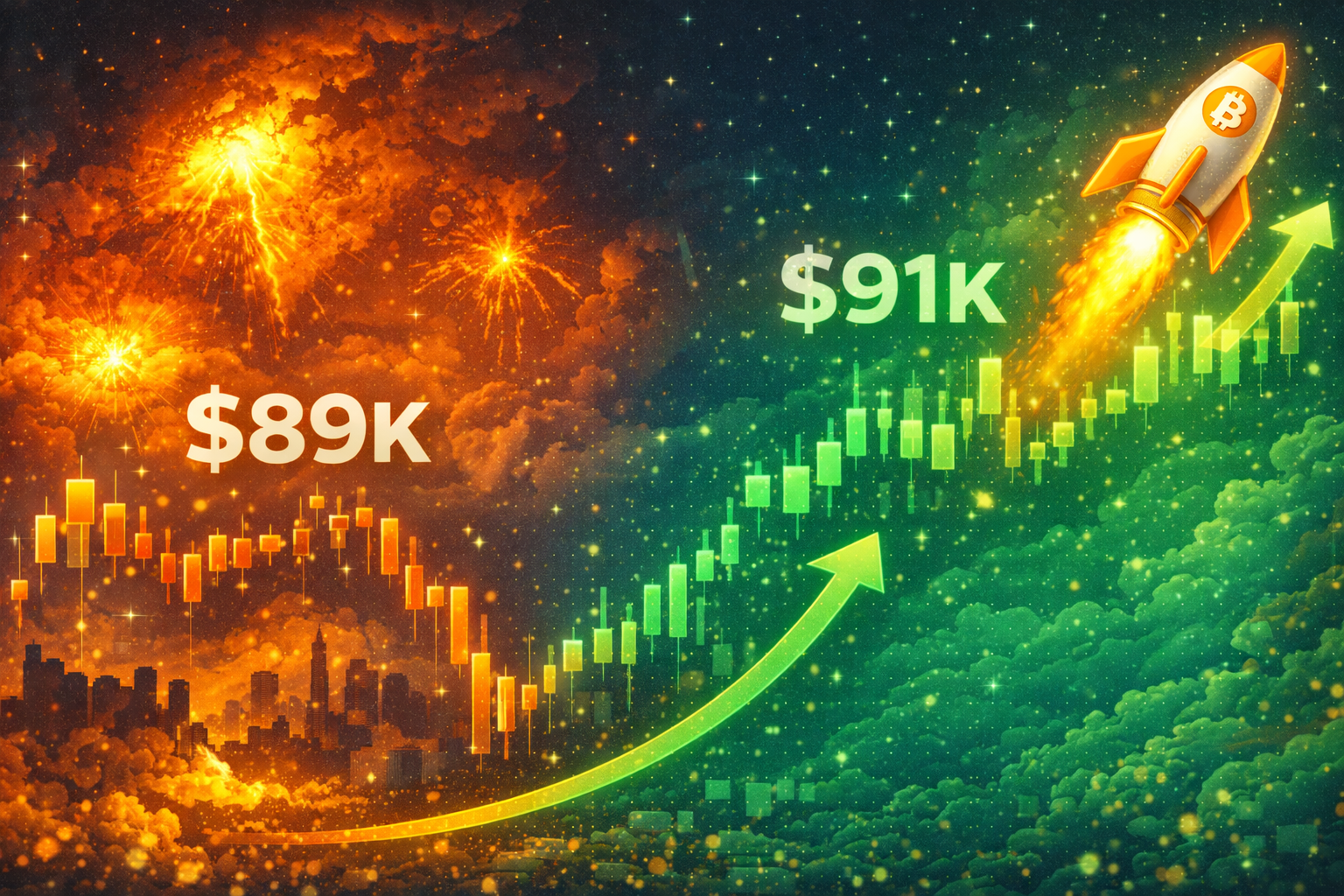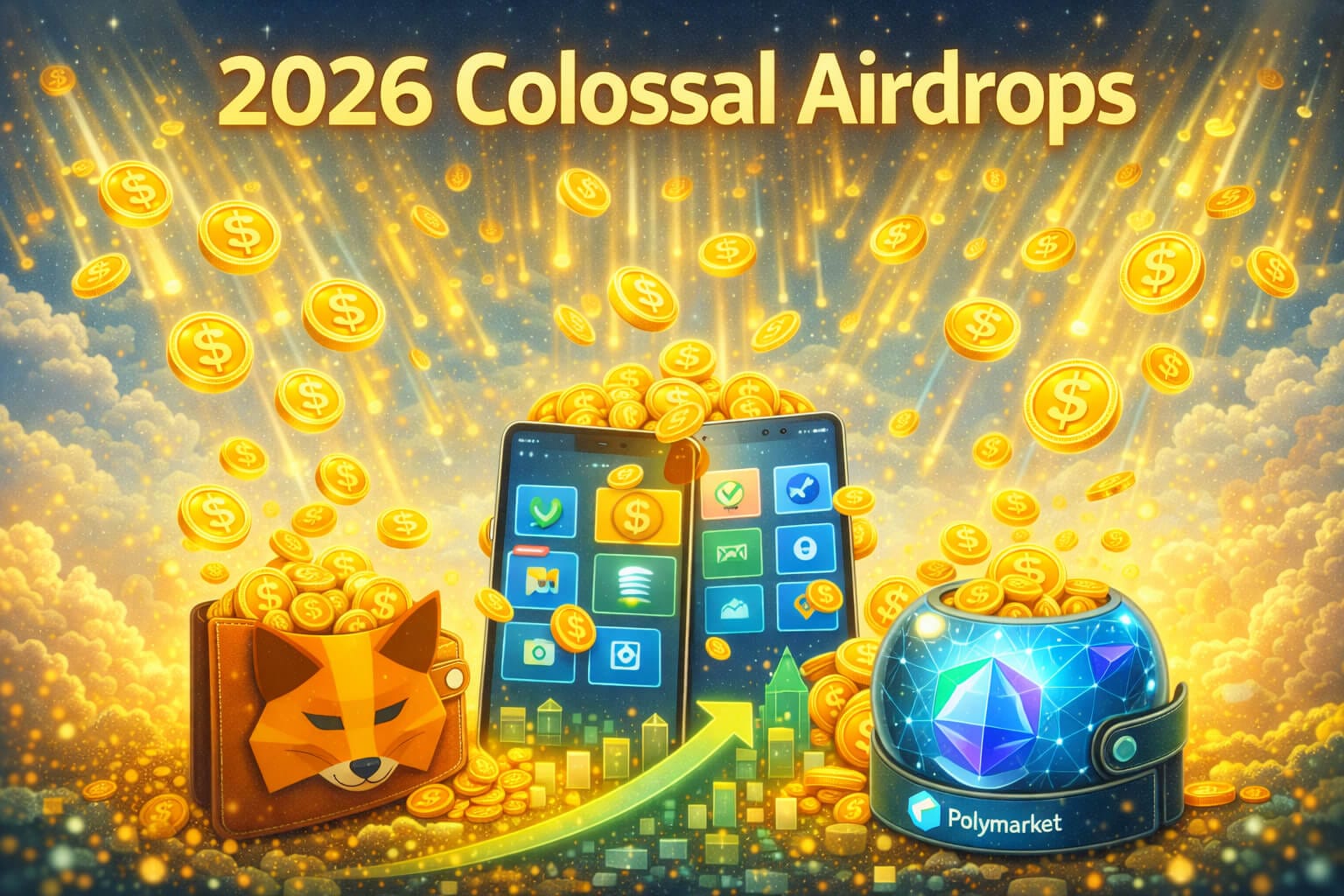1. Introduction: The Rise of NFTs in Gaming
Non-Fungible Tokens (NFTs) have rapidly gained traction in the digital world, particularly in art, collectibles, and now, gaming. The gaming industry, known for its quick adoption of new technologies, is exploring the vast potential of NFTs. These digital tokens offer gamers something long desired: true ownership of in-game assets. From rare skins and weapons to virtual land and characters, NFTs are set to revolutionize how players interact with, own, and trade digital items. This article delves into the potential of NFTs in gaming, examines emerging trends, and explores what the future might hold for this exciting intersection of blockchain and gaming.
Why NFTs Matter in Gaming
NFTs provide a way to establish ownership, rarity, and authenticity of digital assets. In gaming, this means players can own unique items that they can buy, sell, or trade across different platforms, creating new economic opportunities within virtual worlds.
2. What Are NFTs and How Do They Work in Gaming?
NFTs are unique digital assets that exist on a blockchain, a decentralized digital ledger that records transactions securely and transparently. Unlike cryptocurrencies like Bitcoin or Ethereum, which are fungible (each unit is identical and interchangeable), NFTs are non-fungible, meaning each token is unique and cannot be replaced by another.
In the context of gaming, NFTs can represent a wide variety of in-game assets, such as:
- Virtual Characters: Unique characters that players can own, customize, and use across different games.
- In-Game Items: Weapons, skins, clothing, and other items that players can buy, sell, or trade.
- Virtual Real Estate: Plots of land or buildings within virtual worlds that players can own and monetize.
- Achievements and Badges: Unique rewards for in-game accomplishments that players can showcase or trade.
2.1 How NFTs Enhance Gaming
NFTs introduce several new possibilities for gamers and developers alike:
- True Ownership: Unlike traditional in-game assets, which are typically controlled by the game developer, NFTs allow players to truly own their digital items. Players can transfer, sell, or trade these assets independently of the game.
- Interoperability: NFTs can be used across multiple games and platforms, enabling players to carry their assets with them wherever they go.
- Monetization: Players can earn real money by selling or trading NFTs, creating a new layer of the gaming economy.
- Scarcity and Rarity: NFTs can represent rare or limited-edition items, making them highly sought after and valuable.
3. The Potential of NFTs in the Gaming Industry

The integration of NFTs into the gaming industry can transform several key aspects of gaming:
3.1 Revolutionizing Digital Ownership
NFTs significantly impact gaming by enabling true ownership of digital assets. Traditionally, in-game items have been tied to the game itself, with no real-world value. NFTs change this by giving players ownership rights, allowing them to sell or trade items on secondary markets. This shift could create entirely new economies within games, where players profit from their skills and investments.
3.2 Enhancing Player Engagement
NFTs also enhance player engagement by offering unique, customizable items that hold real value. This not only increases the excitement of acquiring rare items but also adds a layer of competition and achievement as players strive to collect the most valuable assets. Additionally, developers can create time-limited or event-specific NFTs, driving players to participate in special events or challenges.
3.3 Expanding Game Monetization Models
For developers, NFTs open up new avenues for monetization. Instead of relying solely on game sales or in-game purchases, developers can create and sell limited-edition NFTs, virtual real estate, or unique in-game assets. Additionally, they can earn royalties from secondary sales of NFTs, providing a continuous revenue stream.
3.4 Building Interconnected Gaming Universes
NFTs enable the possibility of interconnected gaming universes, where assets can be used across multiple games or platforms. For example, a sword earned in one game could be used in another, or a character could appear in different virtual worlds. This creates a more immersive and expansive gaming experience, as players can carry their achievements and assets across the gaming ecosystem.
4. Challenges and Considerations
While NFTs hold immense potential in gaming, several challenges need addressing:
4.1 Environmental Concerns
The blockchain technology that underpins NFTs consumes significant energy, raising environmental concerns. As the gaming industry integrates NFTs, developers and blockchain networks must find more sustainable solutions to minimize the environmental impact.
4.2 Scalability Issues
As more players and developers enter the NFT space, scalability becomes a critical issue. Blockchain networks must handle the increased volume of transactions without compromising speed or security.
4.3 Regulatory and Legal Challenges
The legal status of NFTs continues to evolve, with concerns around intellectual property rights, taxation, and consumer protection. Developers and platforms must navigate these complex issues to ensure compliance and protect users.
4.4 Market Volatility
The value of NFTs can be highly volatile, leading to speculation and market bubbles. Players and investors need to approach NFT transactions cautiously to avoid potential losses.
5. The Future of NFTs in Gaming
Despite the challenges, the future of NFTs in gaming looks promising. As blockchain technology evolves, we can expect to see more innovative uses of NFTs in gaming. Here are some potential future trends:
5.1 Integration with Virtual Reality (VR)
Combining NFTs and virtual reality could create immersive, fully interactive gaming experiences where players can own, trade, and interact with unique digital assets in a 3D environment.
5.2 Play-to-Earn Models
NFTs will likely play a central role in developing play-to-earn models, where players can earn valuable assets or cryptocurrency simply by playing the game. This approach could democratize gaming and provide opportunities for players in developing regions to earn income through gaming.
5.3 Cross-Platform and Cross-Game Assets
As the gaming industry becomes more interconnected, NFTs could enable assets to be used across multiple games and platforms, creating a seamless gaming experience that spans different virtual worlds.
5.4 Community-Driven Content Creation
NFTs could empower players and communities to create and sell their content within games. This user-generated content could add new layers of creativity and personalization to gaming while providing revenue opportunities for creators.
Conclusion: NFTs Are Shaping the Future of Gaming
The integration of NFTs into the gaming industry is set to revolutionize how players interact with digital assets, offering true ownership, new monetization models, and unique gaming experiences. While challenges exist, the potential benefits of NFTs in gaming are vast, making them a key trend to watch in the coming years. As technology evolves, NFTs will likely play an increasingly important role in shaping the gaming industry’s future.
For more insights and detailed analysis on the future of gaming and NFTS, explore our NFT and Gaming Guides section.
Stay Updated
For the latest updates on NFTs in gaming and other blockchain trends, follow us on:
Stay informed with the latest strategies and insights in the world of NFTs and gaming at FreeCoins24.io.
Special Offer
Ready to explore NFTs in gaming? Sign up on Bybit today and take advantage of up to $30,000 in deposit bonuses. Start your journey into the future of gaming with NFTs.

















